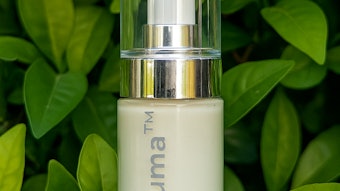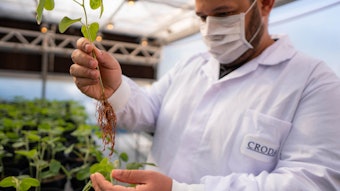Researchers at the University of California Los Angeles (UCLA) have created nanoscale droplets that can be used to deliver ingredients to skin. As reported in the Sept. 4, 2008, edition of Nature, the droplets are smaller than the human cell, allowing them to penetrate the skin to deliver ingredients such as pharmaceuticals.
A double emulsion was created by Timothy Deming, professor and chair of the UCLA department of bioengineering, and his team, by which a water droplet was located inside an oil droplet in water. The researchers were able to make these molecules stable at a sub-100-nanometer size range, a feat reportedly done for the first time.
According to the researchers, including Thomas G. Mason, a UCLA associate professor of chemistry and physics and founder of thermal microrheology, the nanoemulsions can be used for drug delivery and anti-cancer applications.
Deming and Mason have made nanoemulsions containing billions of double nanodroplets. According to the two researchers, both water-soluble and water-insoluble drugs can be loaded inside the droplets together, delivering the drugs simultaneously in the same delivery package.
This approach could be used for a combination therapy to deliver two drugs simultaneously at a fixed ratio into the same location. The researchers speculate that it might be possible to insert a pharmaceutical inside a droplet and inject the droplet inside a cell, which the researchers currently are working on.
There are still challenges for drug delivery for the researchers, but they have made their first step, which will include many more over the next several years. Deming and Mason speak of an anti-cancer drug in the oil and a toxin-protein in the water, both molecules trying to kill the cell simultaneously. This combination approach could be more effective then single-drug treatments for cancer. The two researchers will make sure the droplets can harmlessly enter cells and release their cargo.
In addition to pharmaceutical delivery, the nanodroplets could potentially be used in cosmetics, soaps and shampoos. The researchers are trying to take some of the key features that make proteins special and put them into synthetic materials.
Co-authors on the Nature paper are lead author Jarrod A. Hanson, a UCLA graduate student in Deming's laboratory; Connie B. Chang and Sara M. Graves, both graduate students in Mason's laboratory; and Zhibo Li, a postdoctoral scholar in Deming's laboratory. Deming received a grant from the international Human Frontiers of Science program to support Hanson's research.










